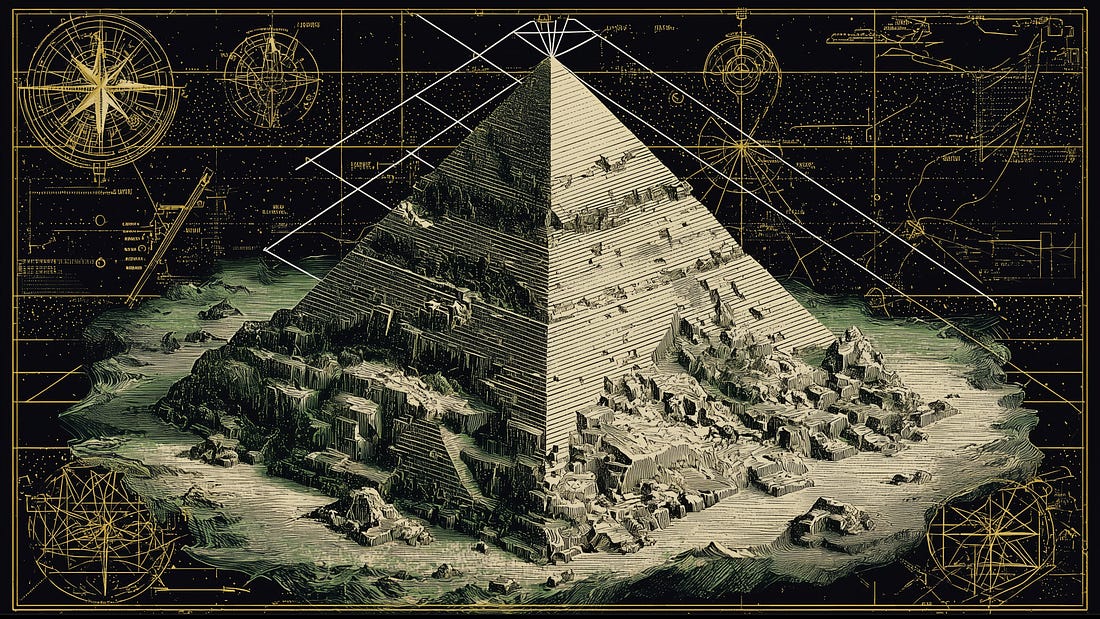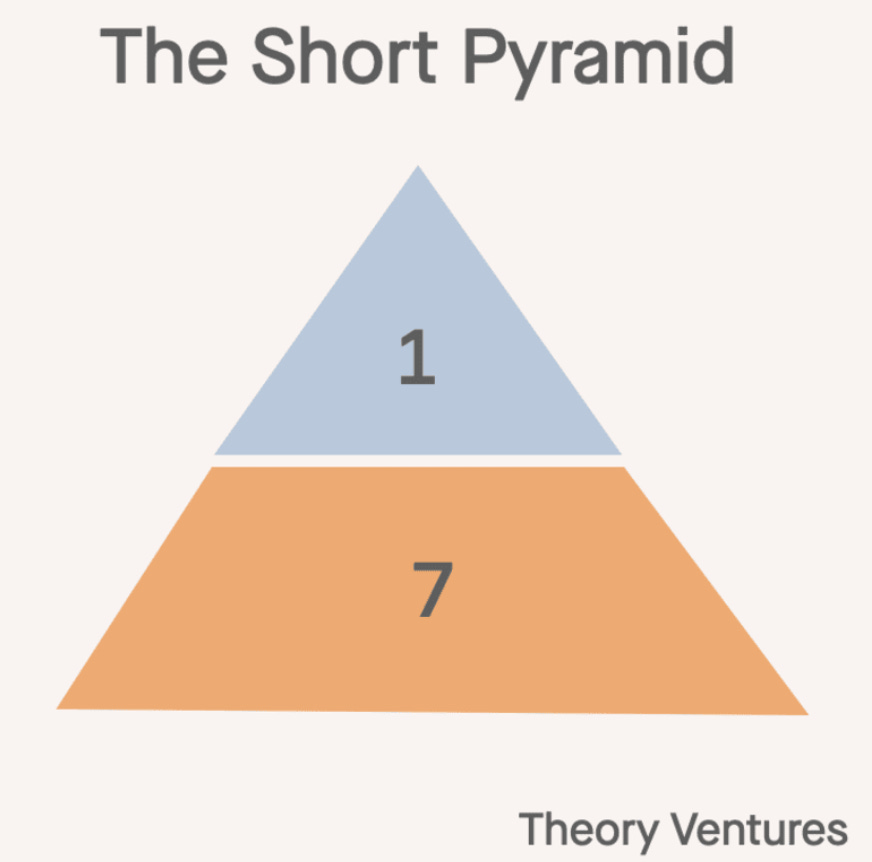|
 |
Ⓜ️ For multidisciplinary rebels learning to orchestrate humans and AI. Ⓜ️
I’m experimenting with guest posts. If you have a well-written Substack publication, reach out to me and we can discuss cross-sharing our ideas.
Raffaela Rein is a seasoned board director and tech entrepreneur. She serves on boards for Porsche, Mutares, and IU Group, and founded BoardLens, an AI company helping boards and investors drive better performance through smarter governance.
The Org Chart Was Built for the Industrial Age
Guest post by Raffaela Rein, writer of The AI Leadership Edge — actionable AI insights for 10,000+ business leaders and board directors.
For more than a century, companies have been structured like pyramids. At the top sits the CEO, beneath them layers of managers, and at the base, hundreds or thousands of individual contributors.
This model worked beautifully in a world where coordination and oversight were the main constraints. Managers were needed to translate strategy into action, allocate resources, and ensure work was done on time and to standard.
But AI changes that equation entirely. Coordination costs fall to near zero. Cognitive work—once the exclusive domain of analysts, designers, and writers—can now be performed by AI agents. The traditional “pyramid” is starting to look like an outdated relic of the industrial era.
So what comes next?
Let’s explore two potential futures.
Model 1: The Short Pyramid
In this model, AI collapses the bottom layer of the organization.
Managers no longer oversee seven analysts or designers—they oversee seven AI agents. The ratio of “manager to individual contributor” shifts from 1:7:49 to 1:7. Each agent replaces a cluster of routine workstreams: reporting, summarizing, coding, designing, scheduling.
Headcount drops by roughly 85%, but the impact per human increases exponentially. The manager’s job evolves from assigning work to defining prompts, curating data, and ensuring quality control across intelligent systems. Human roles shift upward—to creativity, judgment, and cross-functional orchestration.
It’s not a dystopia; it’s a redesign. Just as industrial machinery didn’t eliminate factories but changed what factory workers did, AI will transform what “managing” means.
Model 2: The Rocket Ship 🚀
If the short pyramid is about compression, the “rocket ship” is about propulsion.
Here, every human manages both people and agents. The director has an AI chief of staff. Managers are player-coaches—executing strategy while teaching humans and agents to collaborate effectively. The structure still flattens (headcount drops about 53%, from 1:7:49 to 1:7:14), but the energy shifts toward speed and adaptability.
This model fits fast-moving organizations—tech companies, startups, and innovation teams—where experimentation matters more than scale efficiency.
It’s less about “reducing headcount” and more about maximizing velocity. Teams can pivot faster, learn faster, and deliver faster because they’re not bogged down by manual workflows.


